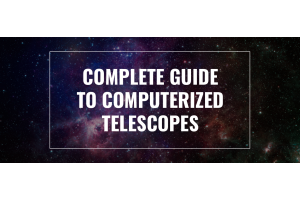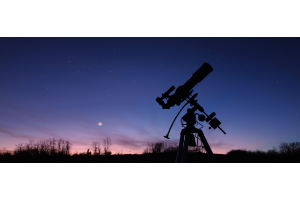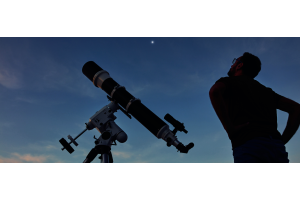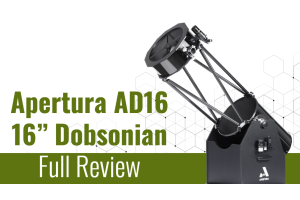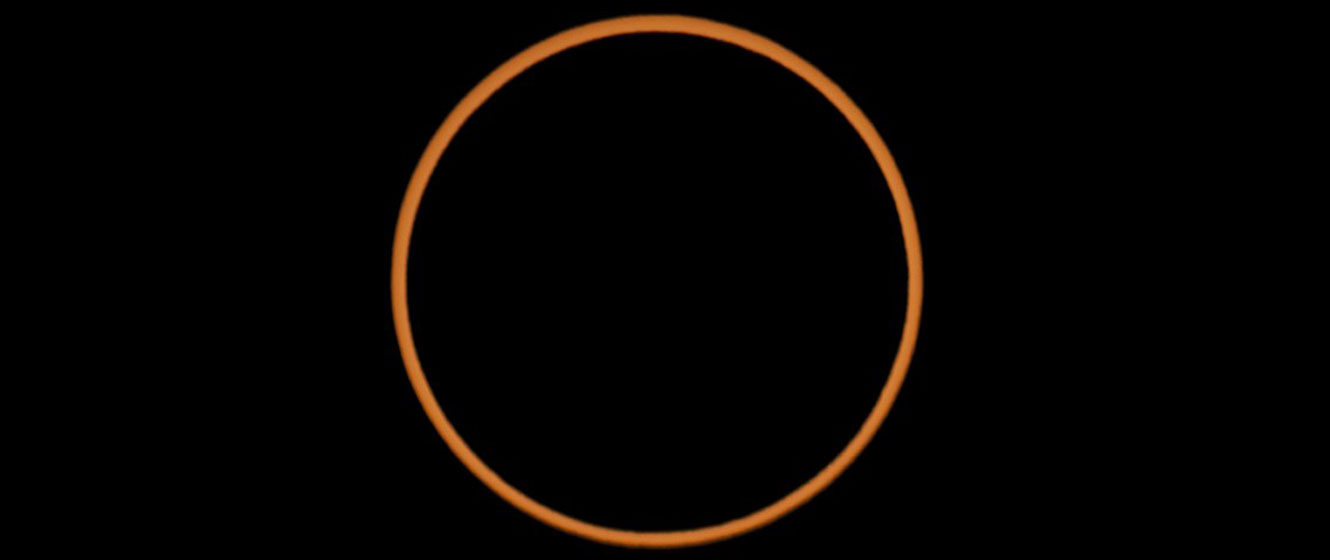
In this episode of What's in the Sky this Month, Teagan reviews some of the beautiful celestial objects you can see in the month of October 2023!
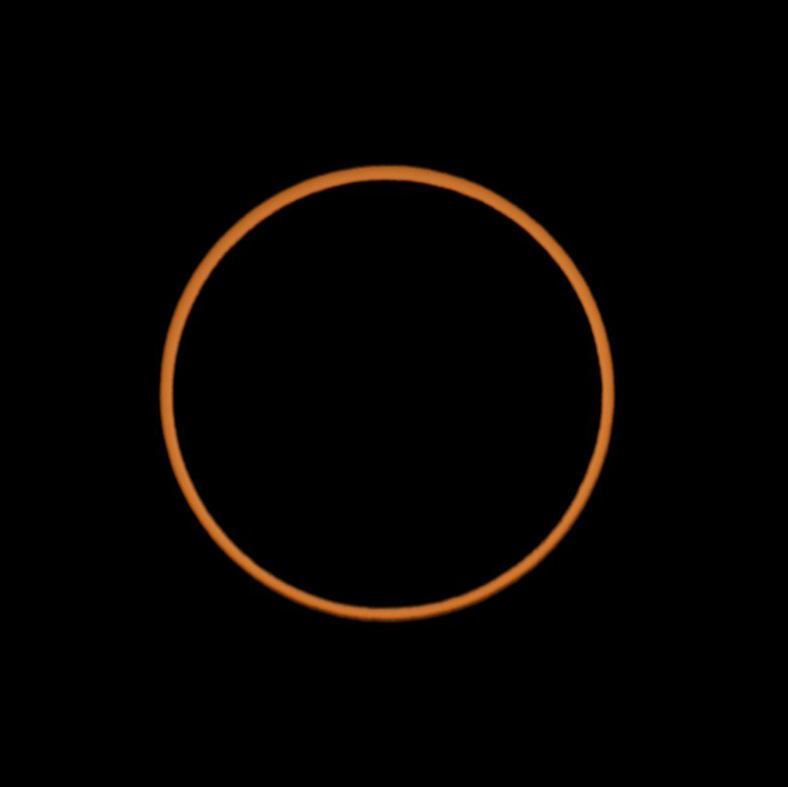
Image credit: Daniel Lynch, BeingInTheShadow.com
Annular Solar Eclipse
The event for US observers in 2023, on October 14th an annular solar eclipse cuts a path from the Pacific Northwest to the Gulf of Mexico. As an added bonus, a partial eclipse will be visible from every location in the contiguous US, with observers in the far southwest seeing a Sun that’s at least 70% eclipsed, and those in the far northeast seeing the Sun at least 10% eclipsed.
This particular annular eclipse has a magnitude of 0.952, meaning that 95% of the Sun will be obscured by the Moon, with the longest possible period of totality being 5 minutes and 17 seconds. Totality will be visible from numerous towns and cities, but the city with the longest period of totality is Corpus Christi TX, with a duration of 5 minutes and 2.1 seconds. Texas locations will generally see a longer eclipse, while the best chances of good weather will be in Arizona and New Mexico.
OUR NEAREST NEIGHBORS
Mars is lost to the Sun’s glare this month, while Saturn remains visible throughout the evening in Aquarius, with a waxing gibbous Moon nearby on the 23rd and 24th. Neptune is moving through neighboring Pisces and is observable from a few hours after sunset until the early hours of the morning. Next over the horizon is Jupiter, best seen in the hours shortly before or after midnight. The planet is nearing opposition in Aries and is visited by a waning gibbous Moon in the morning hours of the 2nd, and the full Moon on the evening of the 28th. Uranus is also in Aries and can be found two degrees southeast of Botein throughout the month. Venus is an unmistakable sight in the predawn twilight and rises nearly four hours before the Sun. It spends the month in Leo and will be closest to Regulus on the 9th when 2.3 degrees will separate them. A waning crescent Moon appears to their left the following morning. Early risers can also catch a quick glimpse of Mercury for the first week, shining at a reasonably bright magnitude -1.1 low over the eastern horizon at about twenty minutes before sunrise. The Moon turns new on the 14th, bringing an annular solar eclipse with it, and then turns full on the 28th.
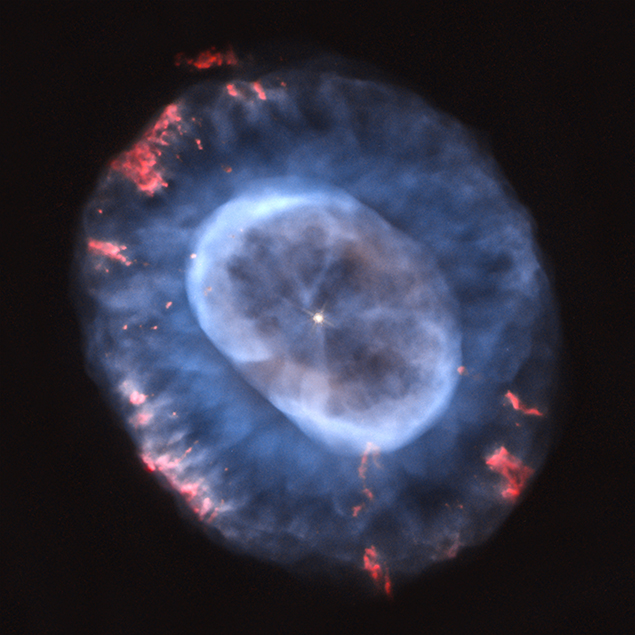
Image credit: NASA, ESA, and A. Hajian
NGC 7662 - The Blue Snowball Nebula
The Blue Snowball is a fine example of how planetary nebulae got their name. A magnification of just under 100x shows a small, circular slightly blue disc - much like a planet. Increasing the magnification to over 200x will reveal its oval form in larger scopes, as well as rings of blue and green surrounding the darker center.
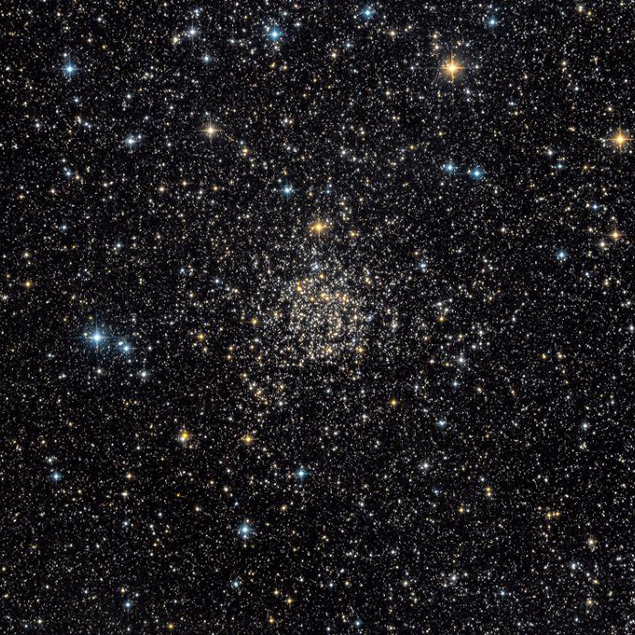
Image credit: Guillaume Seigneuret
NGC 7789
Discovered in 1783 by Caroline Herschel, NGC 7789 is one of the oldest star clusters known. It’s bright enough to be seen with binoculars, within the same binocular field of view as Caph (Beta Cassiopeiae). Small telescopes show it as a rich and concentrated patch of faint stars with no discernable core, while mid-sized scopes show a band of stars encircling the center.
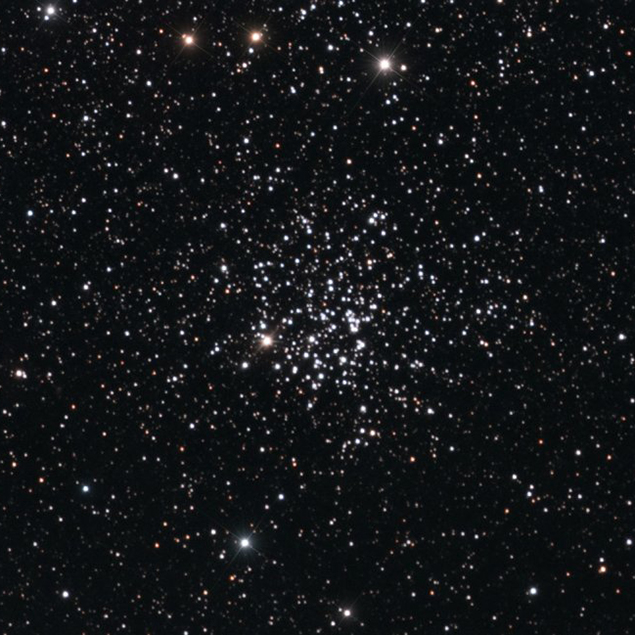
Image credit: NASA/ESA
Messier 52
Although visible with binoculars under dark skies, the best views of M52 are with a telescope. At a low magnification of 35x, you’ll easily see the orange star 4 Cassiopeiae within the same field of view. The cluster itself appears compact and conical, with a bright star at the tip and a base that’s brighter than the rest of the cluster. Using averted vision will help to reveal more stars.
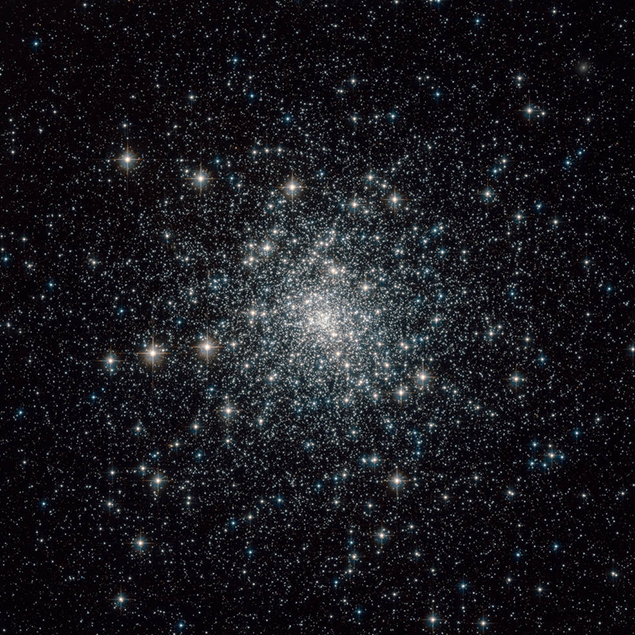
Image credit: NASA/ESA
Messier 30
M30 lies within the same binocular field of view as Zeta Capricorni, with M30 found just three and a quarter degrees to the east. However, a telescope and a magnification of around 100x will show the slightly elongated core, and there may be some resolution along the cluster’s edges with averted vision. Chains of stars can also be seen with larger scopes.
STELLAR CONCEPTS
New General Catalog (NGC): When it comes to deep sky objects (DSOs), there are a number of catalogs or lists that amateur astronomers refer to. Perhaps the most famous is the Messier catalog, published in the late 18th century, but as this list only contains 110 objects, a more comprehensive list was called for. Hence, the Danish astronomer John Louis Emil Dreyer compiled the New General Catalog (NGC) in 1888. In all, Dreyer included 7,840 objects, including the 110 Messier objects, and provided astronomers with a valuable resource for centuries to come.






